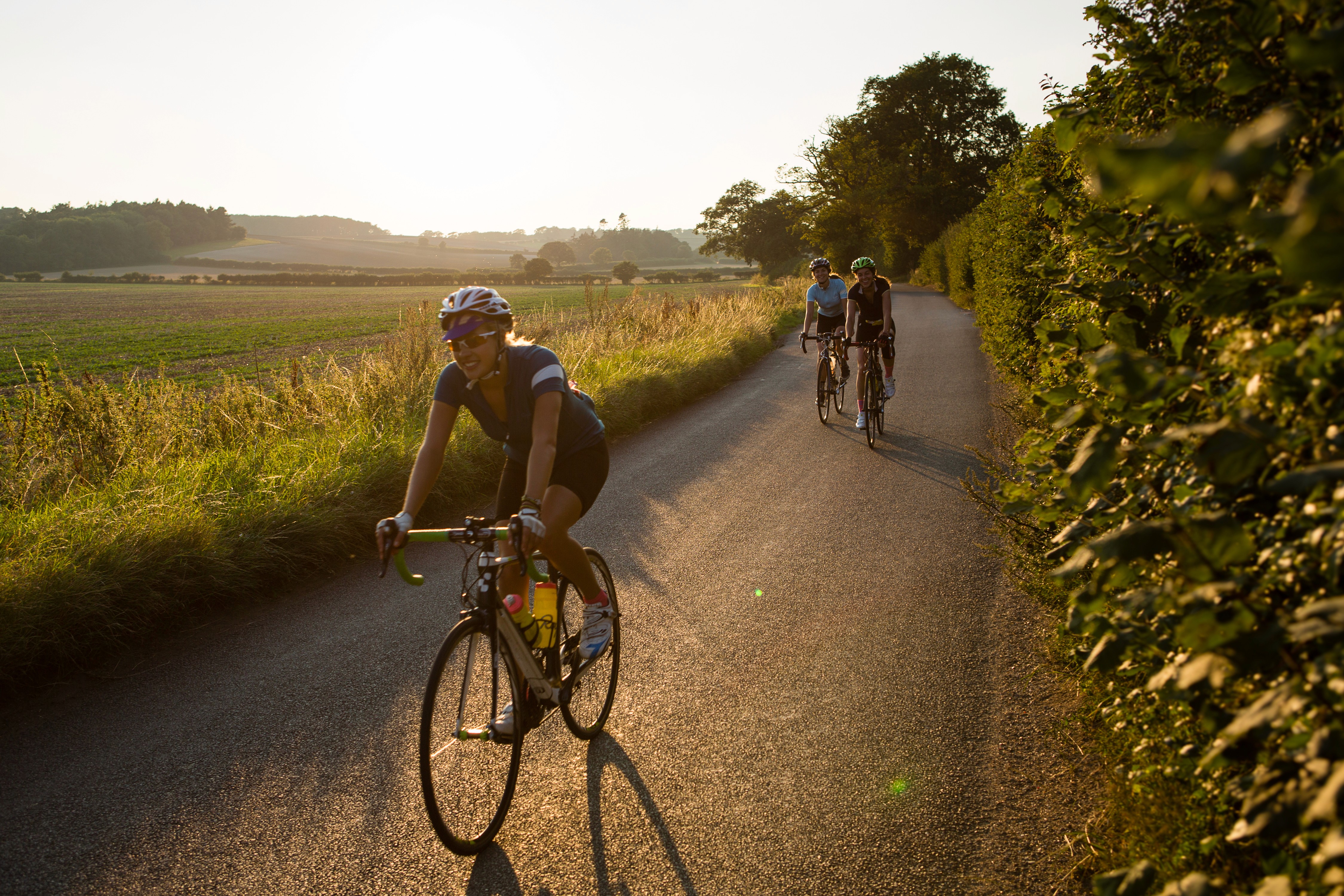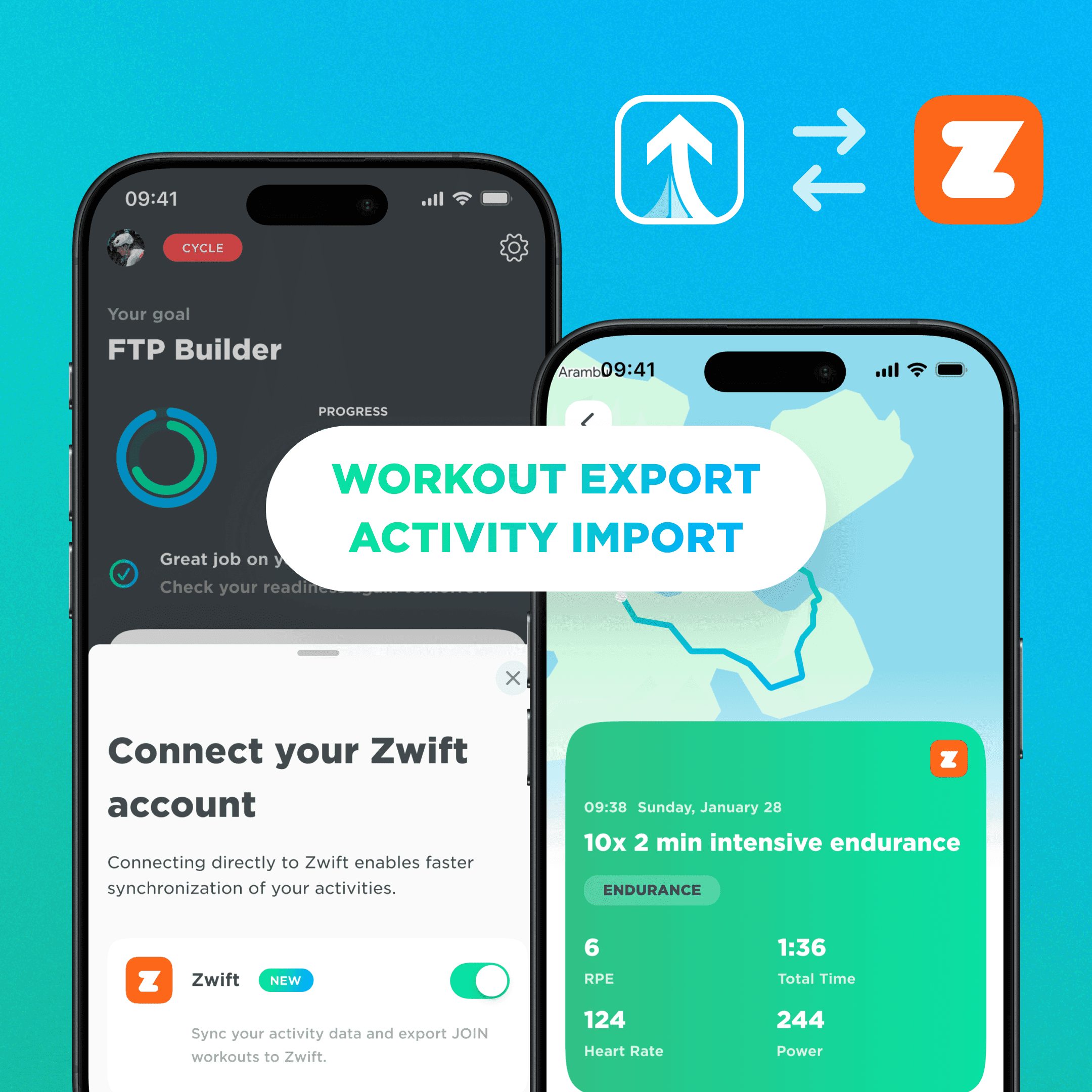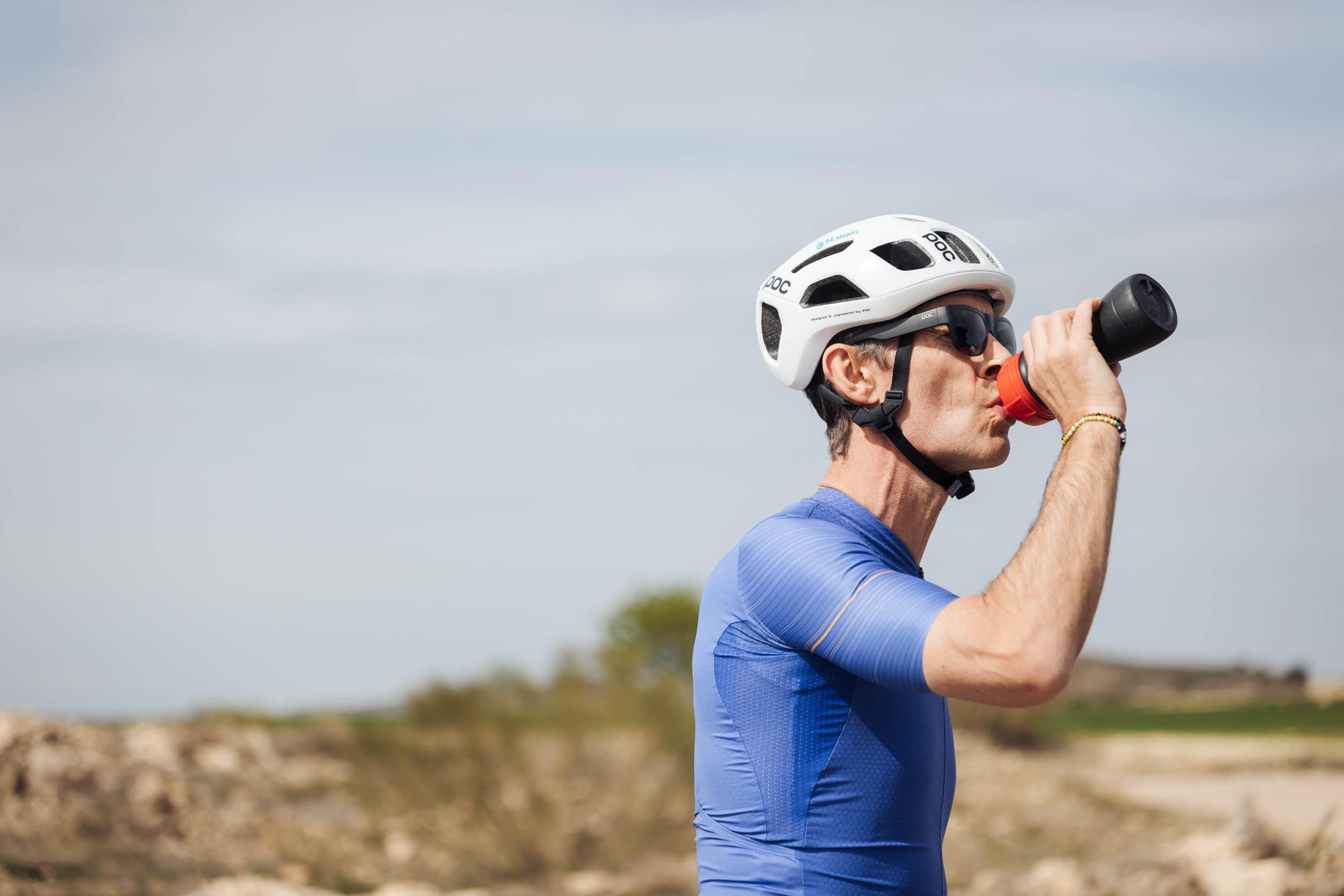How to combine training on the roadbike and MTB?
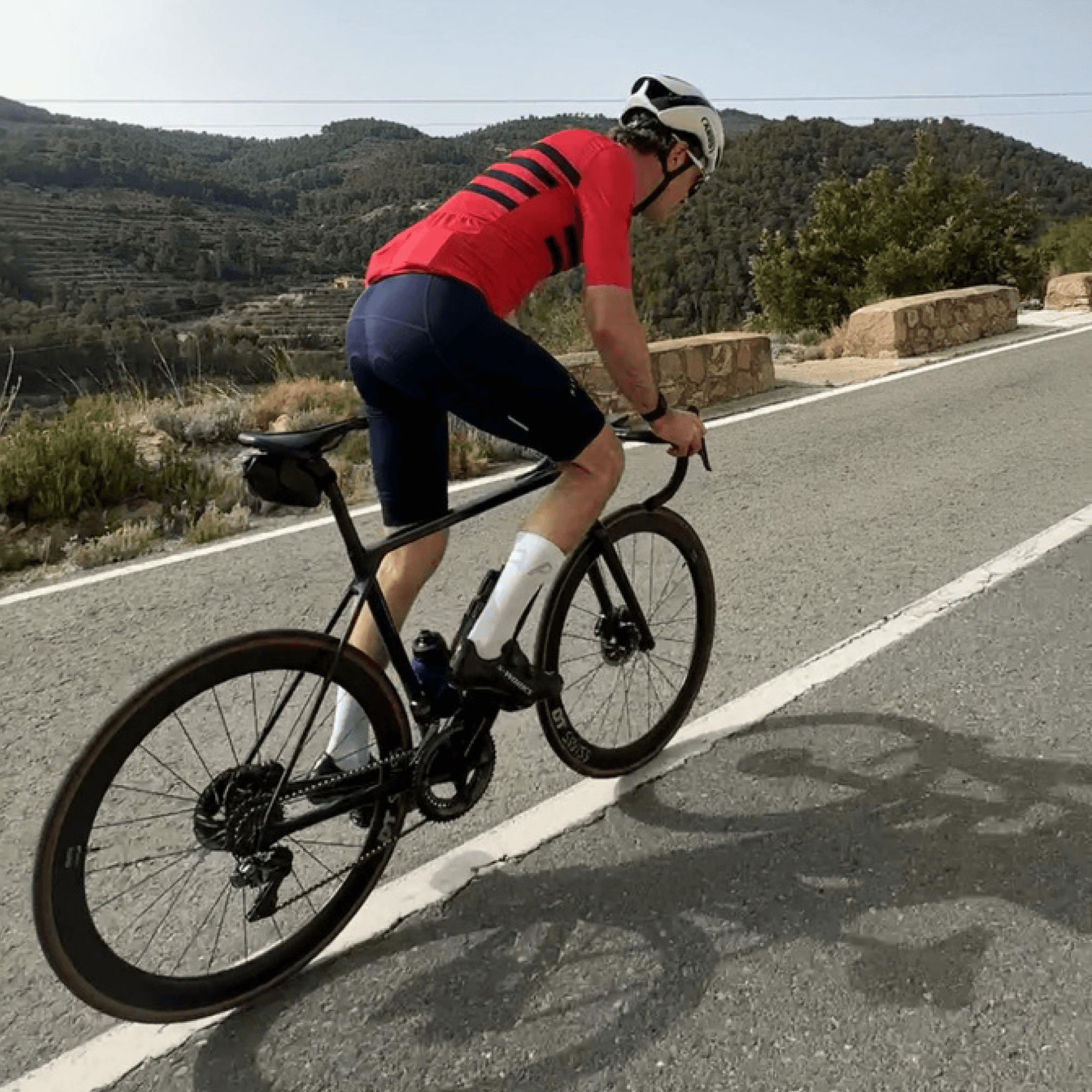
Aug 5, 2022
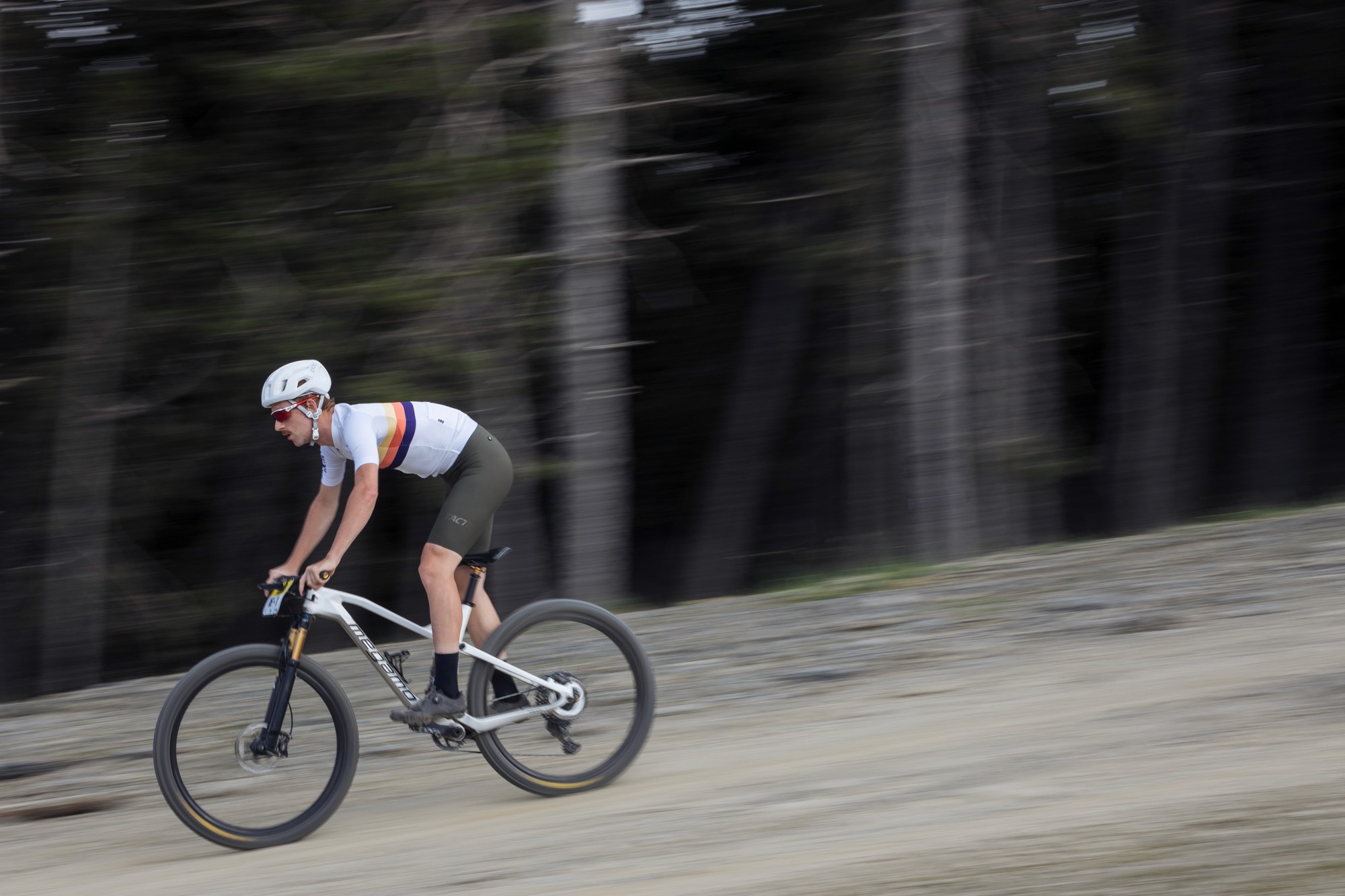
How to combine training on the roadbike and MTB?
Aug 5, 2022

How to combine training on the roadbike and MTB?

Aug 5, 2022

What many road cyclists who occasionally take the MTB or MTB riders who occasionally ride on the roadbike encounter is that the intensity of these training sessions is difficult to compare. So how can MTB and riding the roadbike be combined in one training schedule?
First of all it is important to realize that a workout on the MTB is very different from an effort on the road bike. On the road bike, you mainly deliver power below your threshold with a constant pressure on the pedals and often somewhere between 80 and 100 rpm. As a result, the energy supply is for the most part aerobic and mainly the slow muscle fibers type that is dependent on oxygen and fat are used. In addition, the force per pedal rotation is more or less the same for every pedal stroke and power remain constant. There is therefore often enough time to compensate for delays in the rise and fall of the heart rate.
On the mountain bike, on the other hand, you make short fierce efforts or keep your legs (almost) completely still. It is often really on or off. These efforts, on the other hand, depend largely on the powerful fast muscle fibers and are short and anaerobic. So the powers is much more volatile and the heart rate that goes with it is always lagging. Therefore, the heart rate doesn’t tell well how hard the effort really is.
MTB & interval workout
It is actually impossible to do structured interval training on the MTB. Even short micro intervals of 40 seconds are difficult to execute because it is important to keep the rest intervals the same each time. This does not mean that MTB training once a week is a good addition for a road cyclist with a goal on the road. For example, 2 times 20 minutes of a hard effort on a challenging MTB track is an excellent (unstructured) interval workout. For this road cyclist, it makes little sense to do more training on the MTB because the effort and thus the training effect differs too much from the goal.
For an MTB rider with a goal on the MTB the opposite applies. A good aerobic endurance training session once or twice a week helps to improve the basic condition, but too much endurance training on the road runs the risk of hampering the strength and explosiveness that the MTB rider needs. It should be noted that a goal such as the Transalp requires much more endurance training than a cross country race.
MTB and roadbike with a powermeter
With a power meter on both an MTB and a road bike, the training sessions and the training load can be easily compared and can fit into the same training plan. Of course, this only applies when there is no discrepancy between the two power meters. It seems like a needless addition, but we see this go wrong more than once. In JOIN we assume normalized power to determine the training load. This takes into account the much higher volatility of power on the MTB. The fact that the effort on the MTB is often more intense is not reflected in the average power output, but is apparent from a much higher normalized power output.
Workout with heart rate & RPE
It often goes wrong when one trains with power on the road bike and with heart rate on the MTB. Especially on the MTB, heart rate says very little about the short, intense efforts. In this case, a power meter on the MTB and only heart rate on the road bike would even be a better combination. Because JOIN estimates the RPE based on normalized power or, in the absence of a power meter this figure on the MTB can sometimes deviate from the actual effort. The heart rate does not adequately tell whether short, intense efforts have been made.
As always, but even more so with MTB training based on heart rate, it is very important to let the feeling prevail about the intensity of the training. Especially when JOIN only has access to heart rate data, the RPE number will be weighed more heavily in the calculation of the training load than if power data is also available. As a result, with only heart rate data on the MTB, you can correct the training load by means of a higher RPE number. In this way, road training with power and MTB training with heart rate data can be combined into one training schedule. Of course you still need to make sure that you continue to do specific workouts in line with your goal.
What many road cyclists who occasionally take the MTB or MTB riders who occasionally ride on the roadbike encounter is that the intensity of these training sessions is difficult to compare. So how can MTB and riding the roadbike be combined in one training schedule?
First of all it is important to realize that a workout on the MTB is very different from an effort on the road bike. On the road bike, you mainly deliver power below your threshold with a constant pressure on the pedals and often somewhere between 80 and 100 rpm. As a result, the energy supply is for the most part aerobic and mainly the slow muscle fibers type that is dependent on oxygen and fat are used. In addition, the force per pedal rotation is more or less the same for every pedal stroke and power remain constant. There is therefore often enough time to compensate for delays in the rise and fall of the heart rate.
On the mountain bike, on the other hand, you make short fierce efforts or keep your legs (almost) completely still. It is often really on or off. These efforts, on the other hand, depend largely on the powerful fast muscle fibers and are short and anaerobic. So the powers is much more volatile and the heart rate that goes with it is always lagging. Therefore, the heart rate doesn’t tell well how hard the effort really is.
MTB & interval workout
It is actually impossible to do structured interval training on the MTB. Even short micro intervals of 40 seconds are difficult to execute because it is important to keep the rest intervals the same each time. This does not mean that MTB training once a week is a good addition for a road cyclist with a goal on the road. For example, 2 times 20 minutes of a hard effort on a challenging MTB track is an excellent (unstructured) interval workout. For this road cyclist, it makes little sense to do more training on the MTB because the effort and thus the training effect differs too much from the goal.
For an MTB rider with a goal on the MTB the opposite applies. A good aerobic endurance training session once or twice a week helps to improve the basic condition, but too much endurance training on the road runs the risk of hampering the strength and explosiveness that the MTB rider needs. It should be noted that a goal such as the Transalp requires much more endurance training than a cross country race.
MTB and roadbike with a powermeter
With a power meter on both an MTB and a road bike, the training sessions and the training load can be easily compared and can fit into the same training plan. Of course, this only applies when there is no discrepancy between the two power meters. It seems like a needless addition, but we see this go wrong more than once. In JOIN we assume normalized power to determine the training load. This takes into account the much higher volatility of power on the MTB. The fact that the effort on the MTB is often more intense is not reflected in the average power output, but is apparent from a much higher normalized power output.
Workout with heart rate & RPE
It often goes wrong when one trains with power on the road bike and with heart rate on the MTB. Especially on the MTB, heart rate says very little about the short, intense efforts. In this case, a power meter on the MTB and only heart rate on the road bike would even be a better combination. Because JOIN estimates the RPE based on normalized power or, in the absence of a power meter this figure on the MTB can sometimes deviate from the actual effort. The heart rate does not adequately tell whether short, intense efforts have been made.
As always, but even more so with MTB training based on heart rate, it is very important to let the feeling prevail about the intensity of the training. Especially when JOIN only has access to heart rate data, the RPE number will be weighed more heavily in the calculation of the training load than if power data is also available. As a result, with only heart rate data on the MTB, you can correct the training load by means of a higher RPE number. In this way, road training with power and MTB training with heart rate data can be combined into one training schedule. Of course you still need to make sure that you continue to do specific workouts in line with your goal.
What many road cyclists who occasionally take the MTB or MTB riders who occasionally ride on the roadbike encounter is that the intensity of these training sessions is difficult to compare. So how can MTB and riding the roadbike be combined in one training schedule?
First of all it is important to realize that a workout on the MTB is very different from an effort on the road bike. On the road bike, you mainly deliver power below your threshold with a constant pressure on the pedals and often somewhere between 80 and 100 rpm. As a result, the energy supply is for the most part aerobic and mainly the slow muscle fibers type that is dependent on oxygen and fat are used. In addition, the force per pedal rotation is more or less the same for every pedal stroke and power remain constant. There is therefore often enough time to compensate for delays in the rise and fall of the heart rate.
On the mountain bike, on the other hand, you make short fierce efforts or keep your legs (almost) completely still. It is often really on or off. These efforts, on the other hand, depend largely on the powerful fast muscle fibers and are short and anaerobic. So the powers is much more volatile and the heart rate that goes with it is always lagging. Therefore, the heart rate doesn’t tell well how hard the effort really is.
MTB & interval workout
It is actually impossible to do structured interval training on the MTB. Even short micro intervals of 40 seconds are difficult to execute because it is important to keep the rest intervals the same each time. This does not mean that MTB training once a week is a good addition for a road cyclist with a goal on the road. For example, 2 times 20 minutes of a hard effort on a challenging MTB track is an excellent (unstructured) interval workout. For this road cyclist, it makes little sense to do more training on the MTB because the effort and thus the training effect differs too much from the goal.
For an MTB rider with a goal on the MTB the opposite applies. A good aerobic endurance training session once or twice a week helps to improve the basic condition, but too much endurance training on the road runs the risk of hampering the strength and explosiveness that the MTB rider needs. It should be noted that a goal such as the Transalp requires much more endurance training than a cross country race.
MTB and roadbike with a powermeter
With a power meter on both an MTB and a road bike, the training sessions and the training load can be easily compared and can fit into the same training plan. Of course, this only applies when there is no discrepancy between the two power meters. It seems like a needless addition, but we see this go wrong more than once. In JOIN we assume normalized power to determine the training load. This takes into account the much higher volatility of power on the MTB. The fact that the effort on the MTB is often more intense is not reflected in the average power output, but is apparent from a much higher normalized power output.
Workout with heart rate & RPE
It often goes wrong when one trains with power on the road bike and with heart rate on the MTB. Especially on the MTB, heart rate says very little about the short, intense efforts. In this case, a power meter on the MTB and only heart rate on the road bike would even be a better combination. Because JOIN estimates the RPE based on normalized power or, in the absence of a power meter this figure on the MTB can sometimes deviate from the actual effort. The heart rate does not adequately tell whether short, intense efforts have been made.
As always, but even more so with MTB training based on heart rate, it is very important to let the feeling prevail about the intensity of the training. Especially when JOIN only has access to heart rate data, the RPE number will be weighed more heavily in the calculation of the training load than if power data is also available. As a result, with only heart rate data on the MTB, you can correct the training load by means of a higher RPE number. In this way, road training with power and MTB training with heart rate data can be combined into one training schedule. Of course you still need to make sure that you continue to do specific workouts in line with your goal.
More Relevant Articles
Discover valuable training tips to enhance your cycling performance.
More Relevant Articles
Discover valuable training tips to enhance your cycling performance.
More Relevant Articles
Discover valuable training tips to enhance your cycling performance.

Unlock Your Cycling Potential Today
Join thousands of cyclists who have improved their performance with JOIN's training plans.
Probeer het nu
Meer Informatie

Unlock Your Cycling Potential Today
Join thousands of cyclists who have improved their performance with JOIN's training plans.
By joining, you agree to our Terms and Conditions and our Privacy Policy.

Unlock Your Cycling Potential Today
Join thousands of cyclists who have improved their performance with JOIN's training plans.
By joining, you agree to our Terms and Conditions and our Privacy Policy.
Join Now
Join Now
